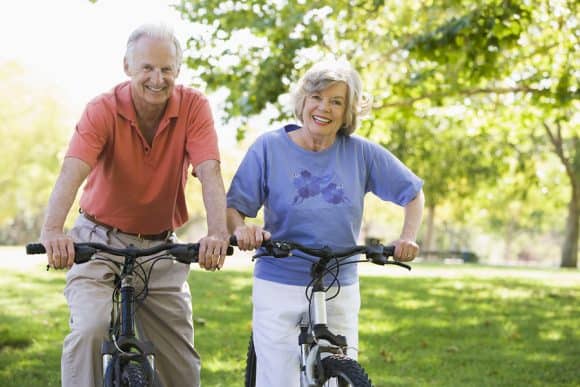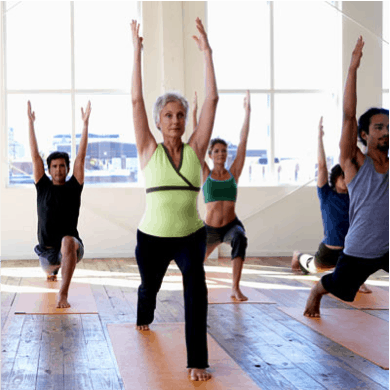
You may have read Part 1 of our arthritis series. It provides some clear information about the range of conditions that are described as arthritis. If not, check it out here. The leads to the question – what can be done about arthritis, and is exercise any help?
Research has found that regular exercise is one of the most effective treatments for arthritis.
It can help to:
Just as importantly, physical activity will improve your overall health. It also improves your sleep, energy levels and mental well-being.
 What types of exercise should I do?
What types of exercise should I do?Before you start to exercise it is important to ask your healthcare professionals to help you develop a suitable program and choose the best activities for you. Generally you will need to do a mix of:
There isn’t just one particular exercise recommended for all people with arthritis- most importantly choose an activity that you enjoy. Low-impact exercises, with less weight or force going through your joints, are usually most comfortable.
Examples of low-impact activities include:
 How much should I do?
How much should I do?If you have arthritis and you have not exercised for a while, you may need to start with shorter sessions then build slowly. Talk to a physiotherapist or exercise physiologist about getting started to help you avoid an injury or over-doing it. Activities such as gardening, playing with pets or taking the stairs can also count as exercise.
It can be hard to predict how your body will cope with a new activity. The most important thing to do is to listen to your body. A general guide is the ‘2 hour pain rule’ – if you have extra or unusual pain for more than two hours after exercising, you’ve done too much. Next time you exercise, slow down or do less. Talk to your physiotherapist or exercise physiologist if you continue to experience pain post exercise.
No. You should stop exercising if it causes you unusual pain or increases your pain beyond what is normal for you. Exercising through this type of pain may lead to injury or worsening of your arthritis symptoms. (Note many people with arthritis have some amount of pain all the time. This is not a reason to avoid exercise. You should only stop if you notice extra/unusual pain while you are exercising).
If possible, try to exercise when:

Jude Holroyd is the Principal Physiotherapist at The Healthy Body Company in Jordan Springs. He has written a huge number of great articles on all sorts of physiotherapy related topics. Check them out.